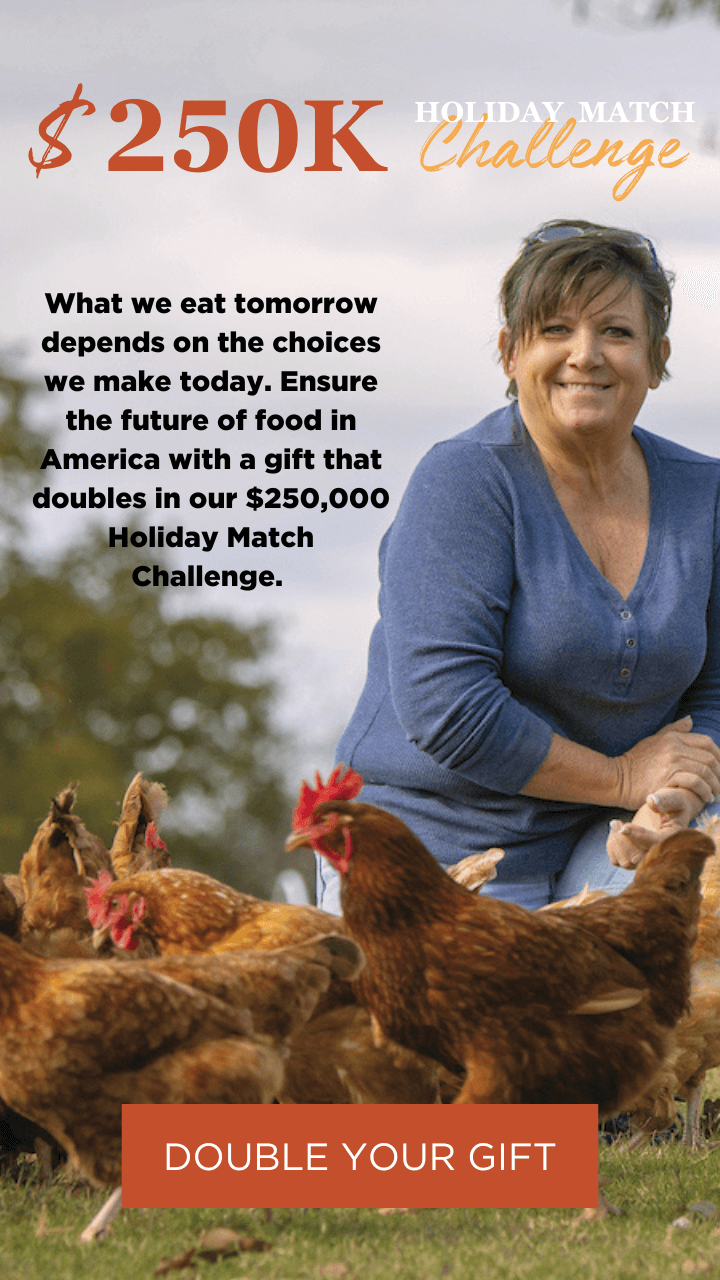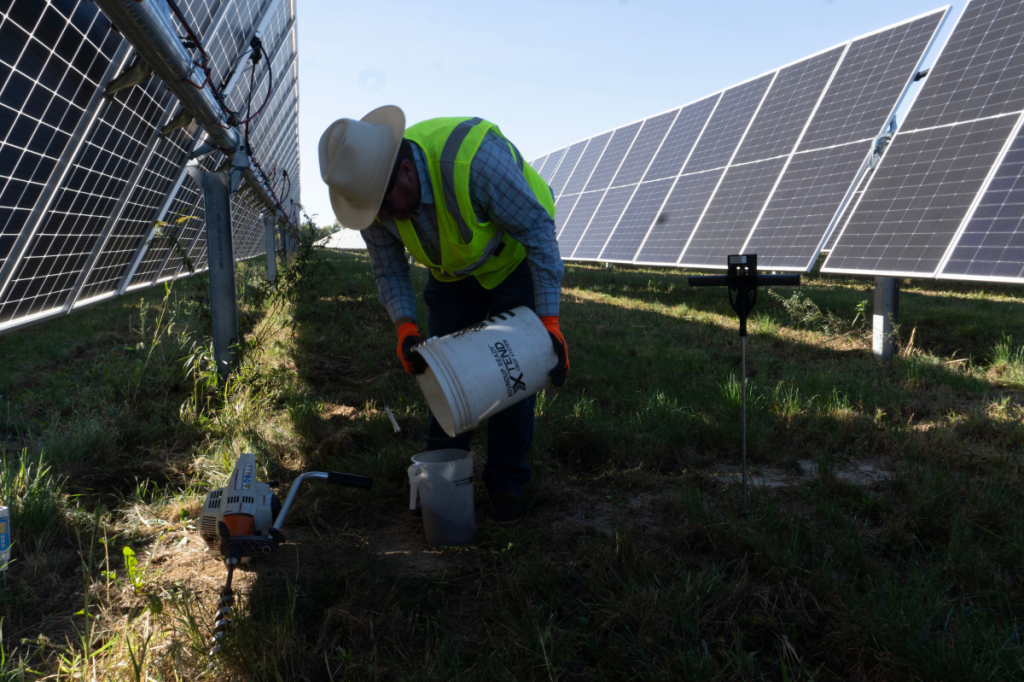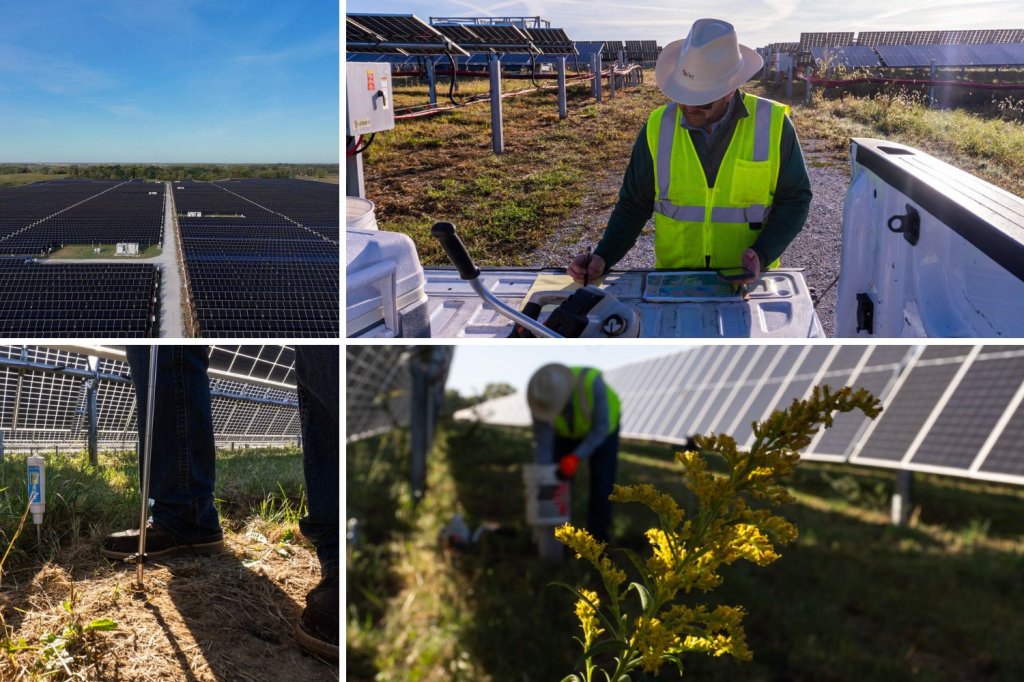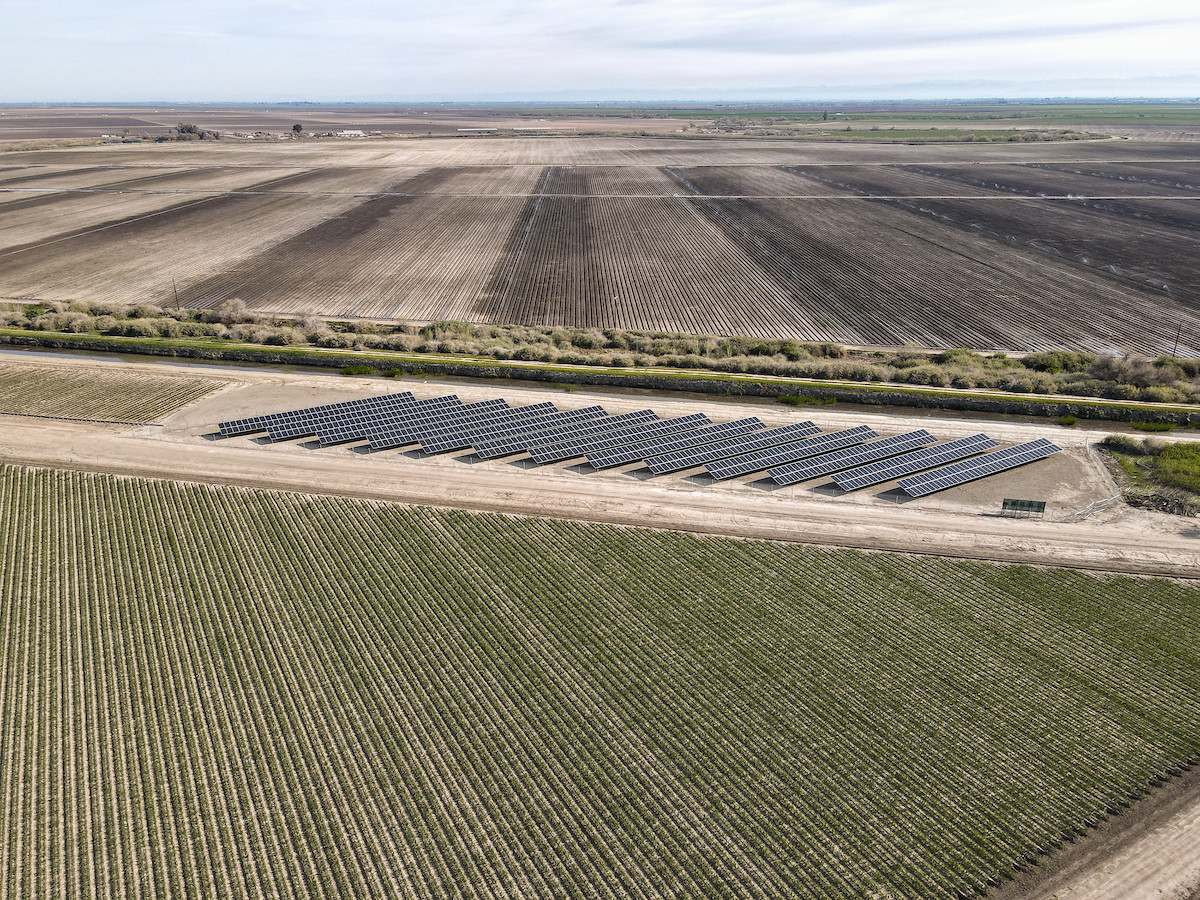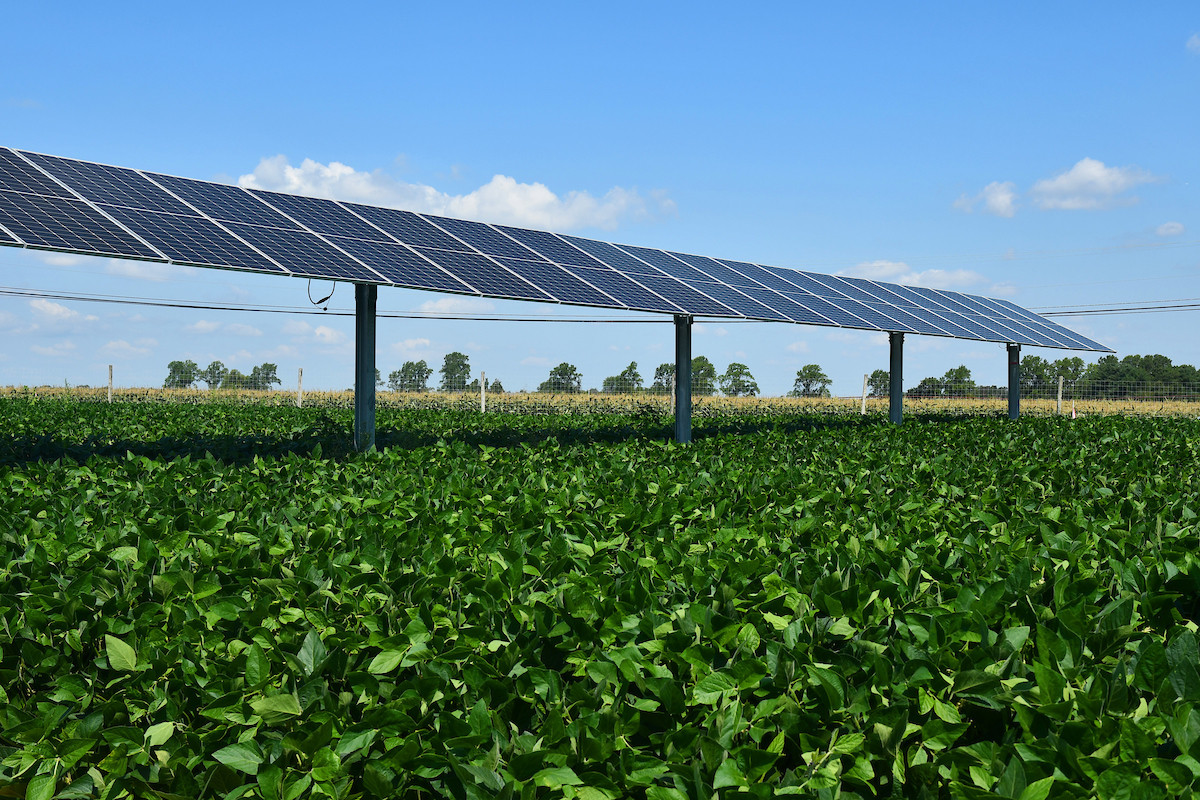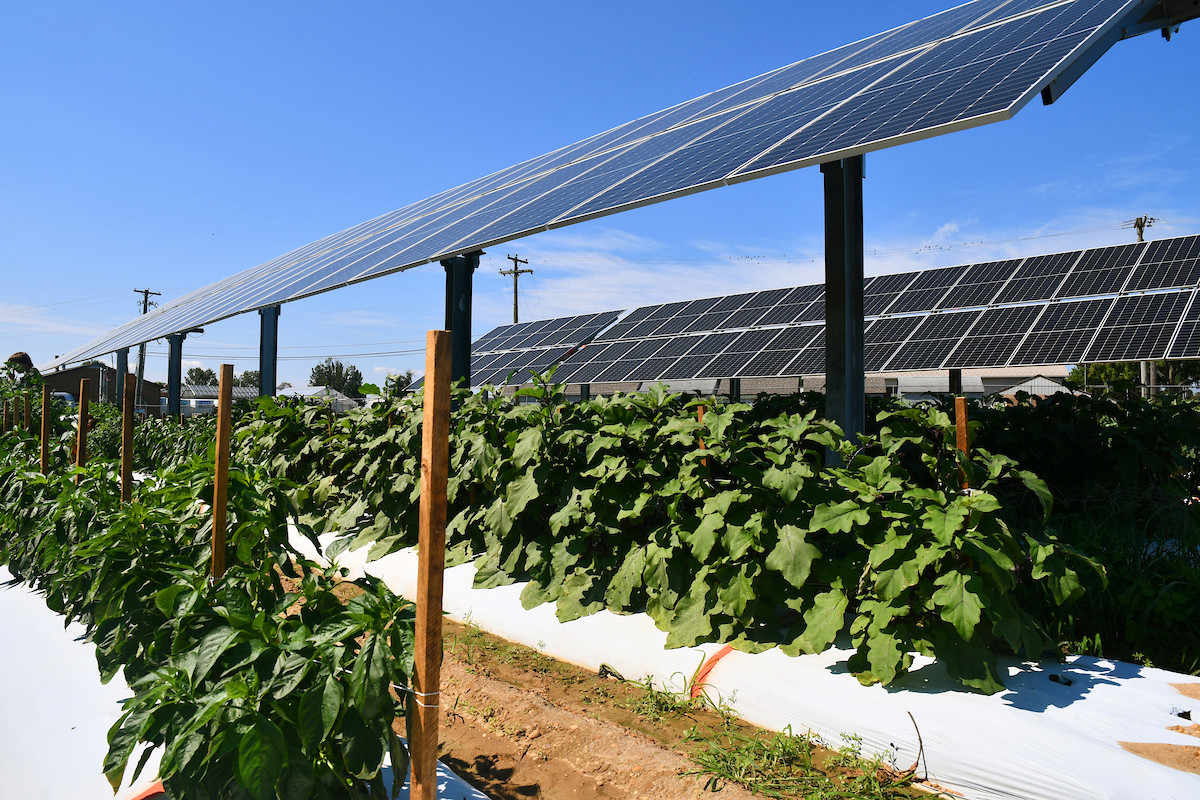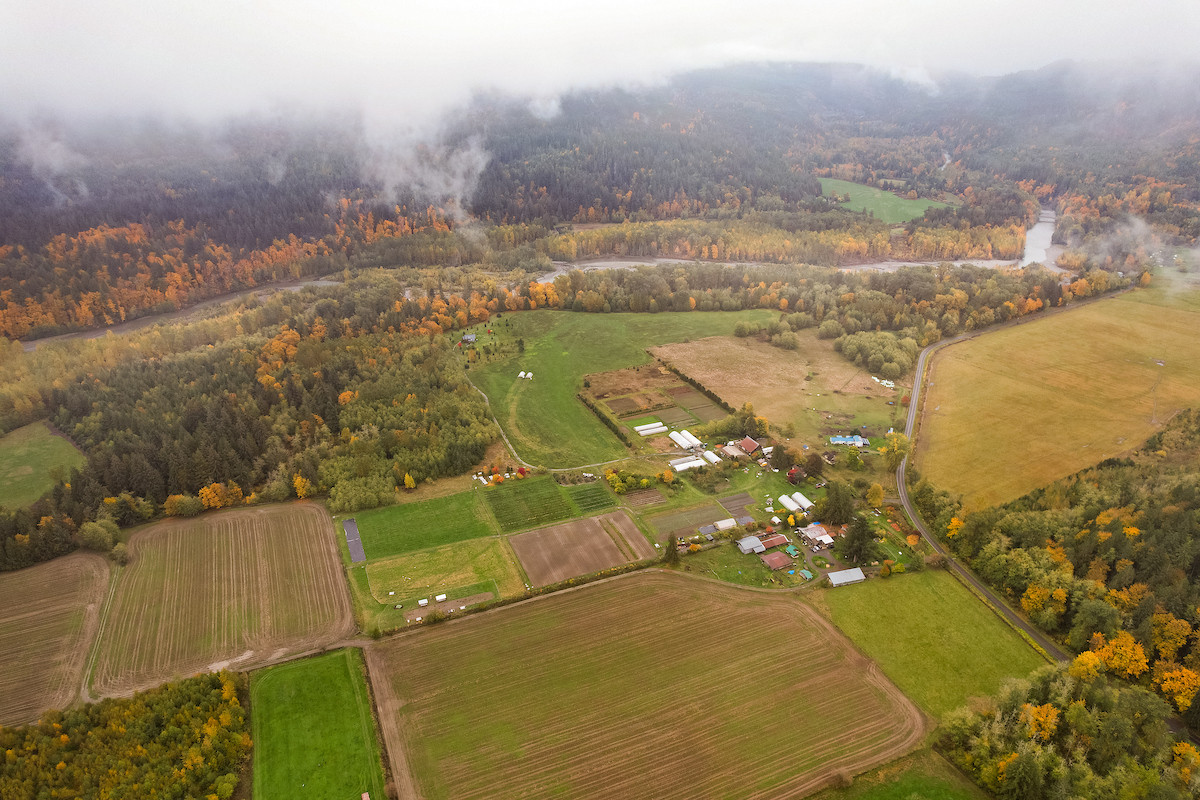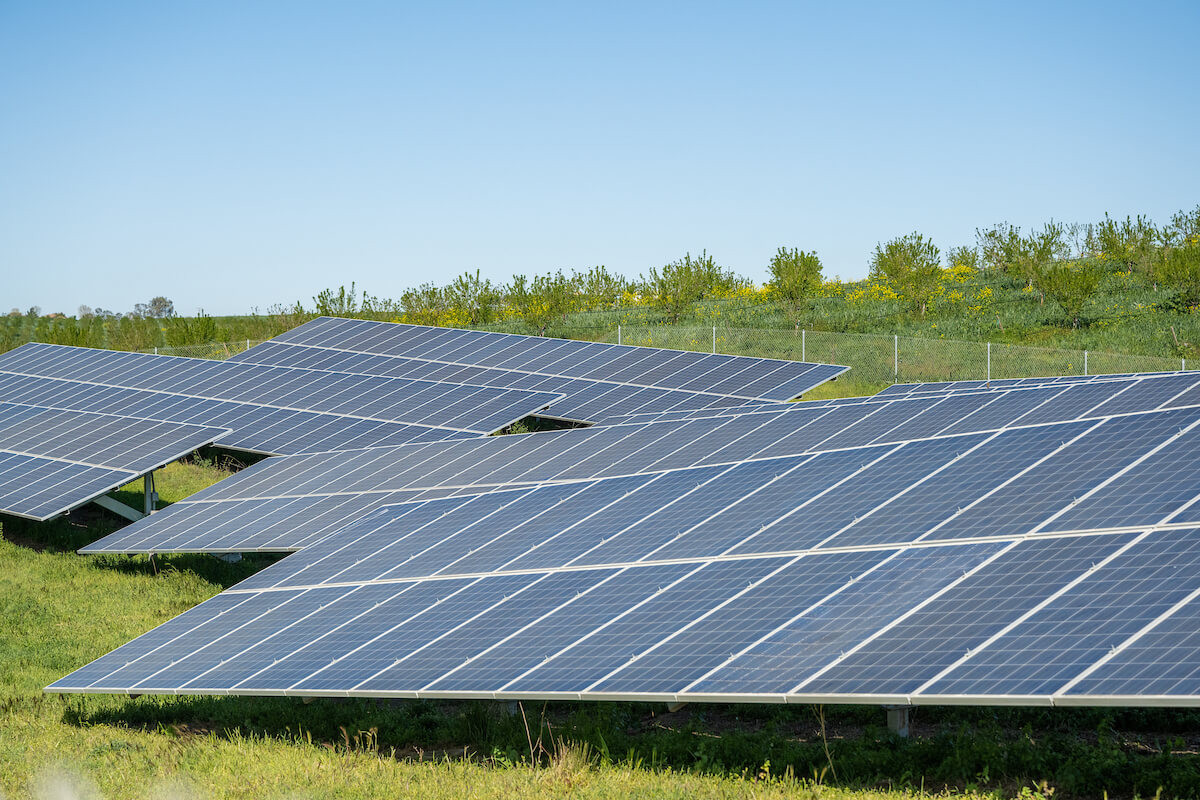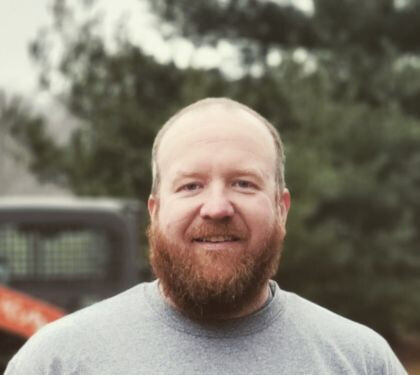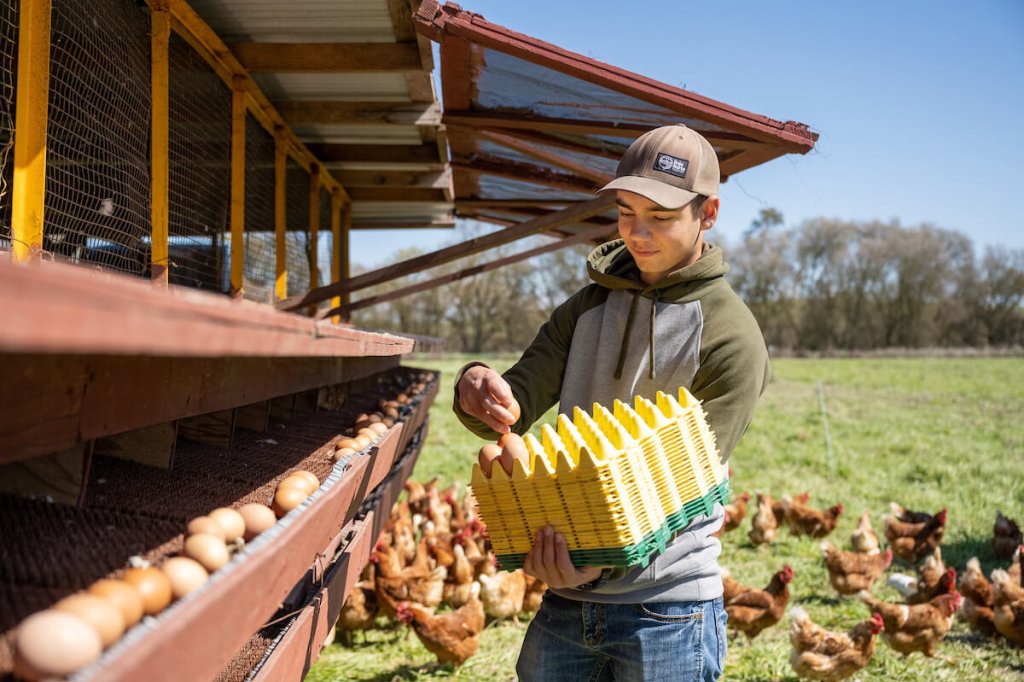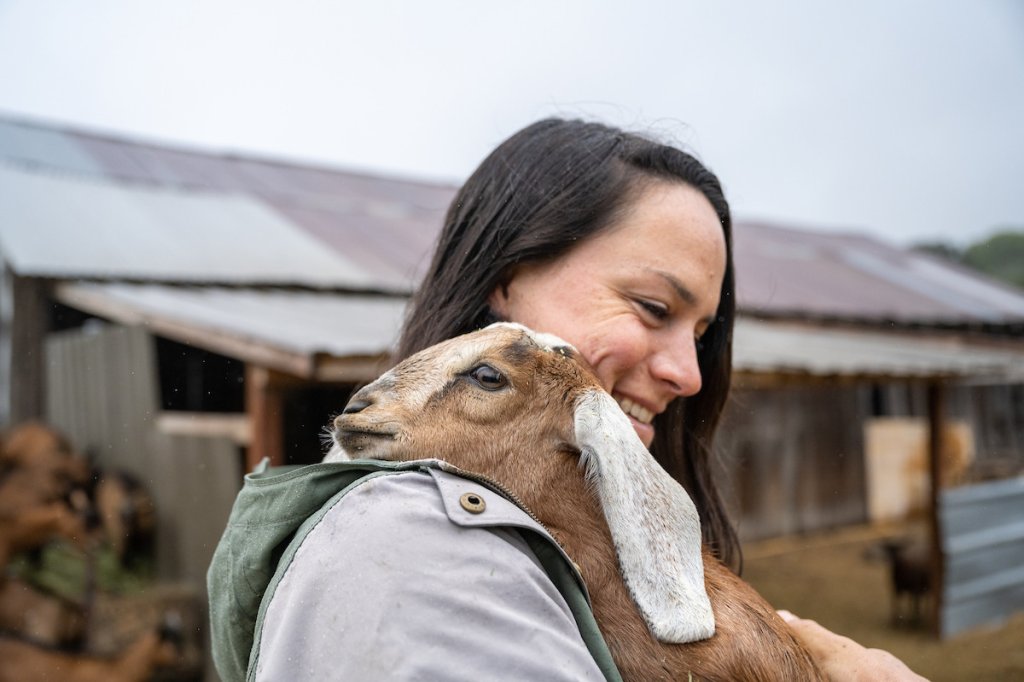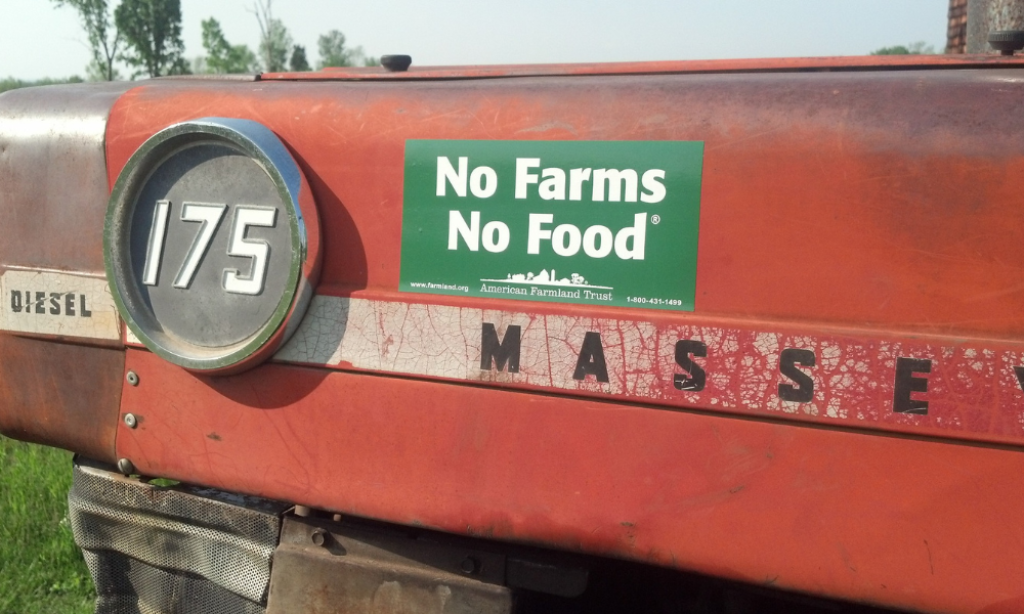At the Bleeding Edge of Agrivoltaics
What I Learned in My First Year as a Smart Solar Specialist
With the hanging of a new calendar, thoughts turn to creating plans for the new year. Like any trip, whether to a specific destination or just a trip around the sun, one must determine where they are starting from and where they have been. Lately, I have been reflecting on my first year at American Farmland Trust. My role as the Midwest team’s Smart Solar Specialist has been shaped by the Midwest’s people and the land they steward, and I look forward to growing the community even more.
So what does a Smart Solar specialist do? I work hand in hand with both the agricultural community and solar developers. I help to educate everyone involved in the conversations around solar development, from a very basic explanation of what a solar project is going to look like to in-depth discussions on solar and agrivoltaic policy. I along with others on our national Smart Solar team talk with solar developers to learn what they are doing across the country and how we can help them work towards better outcomes on their projects by following our Smart Solar Principles. We also help develop resources to help people better navigate all these conversations that are happening concurrently.
The concerns around losing agricultural land to renewable energy production are valid and important. Without minimizing those concerns, first-hand experiences demonstrate how this transition can also keep farmers viable and create a consistent form of income. I see agrivoltaics as a way to bring new farmers to agriculture and revitalize our declining rural towns through new and innovative crops and practices that new farmers are seeking.
This shift can also bring food production back to the Midwest and create a more resilient regional food system less reliant of off-season and foreign growers. Another example of agrivoltaics involves grazing sheep or cattle between the solar panels. This practice reduces the need for mechanical mowing, provides needed grazing land, and decreases our reliance on foreign meat.
Over the past year, I’ve immersed myself in our Smart Solar Principles—learning what they can look like in policy and in practice, and where more research and implementation is needed. This journey has taken me across the Midwest, speaking at events and talking with farmers, landowners, and policy makers to share our principles and how they can be implemented.
In June, my Smart Solar teammates and I gathered in Denver, CO to discuss issues central to our mission and possible paths forward. We also met with developers, academics, and government agency representatives to learn about agrivoltaics around the world and research taking place in the US. A highlight of this trip was touring an agrivoltaic site, where we met with the landowner, farmer, and their developer, Pivot Energy. Seeing how they designed the site was inspiring. The farmer in me was happy as the construction team was installing underground drip irrigation to feed water and nutrients to food and hay crops that will be grown in-between the panels of the site.
July brought another pivotal moment when our extended Smart Solar team and many within the agrivoltaic industry convened in Chicago for the Solar Farm Summit. This is the premier gathering for learning about agrivoltaics and the cutting-edge research and practices shaping its future in the U.S. Farmers and landowners had the chance to listen and converse directly with researchers, solar developers, and others to learn about the options to decide if solar development and implementing agrivoltaics is right for them.
Innovation takes small steps. It starts with an idea, pursued until it succeeds – or fails. Both outcomes are valuable, as the most transformative ideas can only come from looking back at your failures. With agrivoltaics, the innovation has already started and in the coming years, we will have both successes and failures. Early adopters from both the solar energy side and the ag community are starting to take notice and are working to make this paradigm shift possible.
Just like when I started to work with cover crops 12 years ago and trying to get others on-board with a new practice, it takes time, effort, and, most importantly, staying on point and believing that what you are doing is going to make the world a better place. In the end, that is all I have ever wanted to do.
